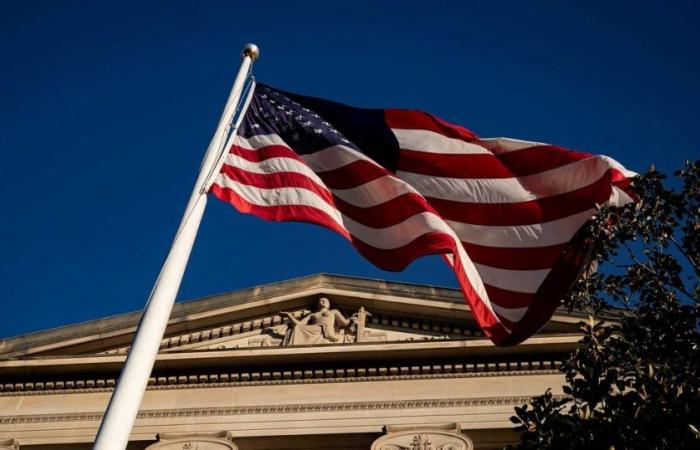From 1866the use of metric system is legal in USAbut its adoption has been a process full of challenges and resistance. Elizabeth Benhamleader of federal metric program in it National Institute of Standards and Technologyexplains that although the government designated the metric system as preferred for the trade from the decade of 1970full implementation remains elusive.
Despite scientific and government support, the voluntary transition has left the country in an environment of hybrid measurement and often confusing. From the road signs to product labels, many everyday aspects reflect this coexistence between systems, highlighting the need for deeper education to achieve a cultural change towards metric measurements.
“The use of the metric system in the United States has been legal since 1866,” he states. Benham. Beginning in the 1970s, government policy designated the metric system as the nation’s preferred system for commerce. However, since the adoption of the system has been voluntary and not mandatory, its full implementation remains a multi-decade challenge.
The metric system, also known as the International System of Units (SI)has its origins in the French Revolution. In the 18th century, scientists dreamed of an international standard based on a universal and immutable constant. Thus, the French Academy of Sciences defined the meter as the length equivalent to one ten-millionth of the distance from the North Pole to the Equator, measured from Paris. This standard became the basis for all metric units, from volume to weight.
The new system was quickly accepted by the French state, but adoption by the public was slower. By 1866, the United States partially adapted the metric system by passing a law allowing its use in commerce. This step was followed by the signing of the Meter Treaty in 1875, creating an international body to regulate weights and measures and paving the way for wider adoption in the country.
Despite the adoption of the SI in 1960 and strong scientific and government support, American integration remained limited. Benham explains that large organizations, with the resources to adapt to the metric system, realized the strategic advantages of using it and adopted best practices quickly. However, small businesses and individuals have encountered greater obstacles to the transition.
An example of this delay is the implementation of metric road signage. Despite efforts such as the placement of mileage markers on a new highway in Arizona after the Metric Conversion Act of 1975, mileage-only signage was not extended to the rest of the federal highway system. “We work in a hybrid and risky measurement environment”points out Benham. This duality in measurement units can lead to costly errors and public confusion.
Benham He says many products and tools already include metric measurements, visible on food labels, car speedometers and thermometers. “We have the technology”it states, “change will happen, it’s just a slower change than a mandatory approach”. His work focuses on education and motivating people to use metric measurements more in their daily lives. As part of his commitment, he has set his smartphone to measure in kilometers and use degrees Celsius (instead of Fahrenheit).
Besides USAcountries like Libya and Myanmar still use imperial measurements like feet, pounds, and miles instead of meters, grams, and kilometers.
In the case of Myanmar, formerly known as Burma, the persistence in the use of imperial measures is largely due to the legacy of British rule during the 19th century. Although Myanmar has been independent since 1948, the metric system was never fully implemented. Over the years, there have been attempts to transition to the metric system, but these efforts failed to become firmly established due to lack of resources and the extensive implementation of imperial measurements in daily life and commerce.
For its part, Liberia, founded by freed Americans in the 1820s, adopted many of the customs and measurement systems of the United States, including a preference for imperial measurements. Economic and political stability play a crucial role in the implementation of a system of measures. In Liberia, economic challenges and political instability have made fundamental reforms difficult, including the full adoption of the metric system.
The continued use of imperial measurements in these countries is also due to the lack of adequate infrastructure for change and the need for a massive educational campaign for citizens to adapt to new units of measurement. Furthermore, economic and commercial integration with other nations that use imperial measures reinforces this choice.
The metric adoption effort is plagued by resistance, in part due to industrialists who argue that it is a complicated and expensive system to implement, and legislators who view “foreign” influence with suspicion.
Additionally, there are controversies over how broad federal adoption could affect states’ rights. But according to Benham, the full transition is still possible if people decide to use these measures in their daily activities. NIST offers online tools with tips for incorporating metric measurements into various activities of daily living.


